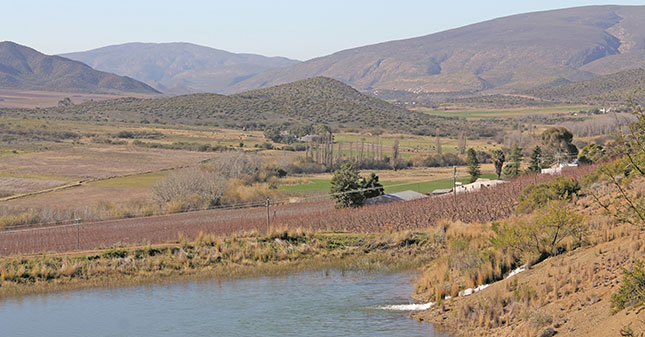
Photo: FW Archive
The latest increase in the repo rate as announced by the South African Reserve Bank (SARB) should curb inflation, which could hold more benefits than disadvantages for South African agriculture in the long term.
This was according to Corné Kruger, CFO of integrated agricultural company, Senwes.
The SARB’s Monetary Policy Committee announced on Thursday, 27 January that the repo rate (the rate at which SARB lends money to commercial banks) would be increased by another 25 basis points to 4%, bringing the prime lending rate to 7,5%.
Announcing the increase, SARB Governor Lesetja Kganyago said this increase was necessary due to the fact that headline inflation had increased well above the mid-point of the inflation target band over the short term.
“Some risks to the inflation outlook, like food and fuel [prices], have been realised, and other risks, such as currency volatility and capital flow reversals, have become more pronounced.”
The monetary policy committee believed that a gradual rise in the repo rate should be sufficient to keep inflation expectations well anchored, and moderate the future path of interest rates, he said.
Kruger told Farmer’s Weekly that the South African agriculture sector had experienced a high- price cycle during the previous season, which had led to an influx of cash.
“Due to this, the sector was able to decrease its debt levels. When looking at the five-year average rate of return in both primary and secondary agriculture, the current situation is one of the best ever, and therefore we should see a lot of investment.”
However, Kruger warned that there was still a lot of uncertainty on the market due to the recent widespread excessive rainfall.
“Expenditure on agricultural equipment can also be affected by uncertainties, while the rapid rise in input costs will also add to the uncertainty.”
Kulani Siweya, chief economist at Agri SA, said it was very impressive how resilient the country’s farmers were.
“Despite rising input costs, rain [damage], drought and the impact of locusts, our country has remained food secure.”
Although the majority of farmers were currently in a better financial position than a couple of season ago, Siweya said he believed many could face hardship when having to repay production loans.
“The primary sector’s debt currently stands at R183 billion, and we need to keep in mind that the farming sector is very capital-intensive. Therefore, many may have had to borrow money to plant [crops].”
In many instances, farmers may not be able to recover this debt due to adverse climatic conditions damaging or destroying their crops, he added.












